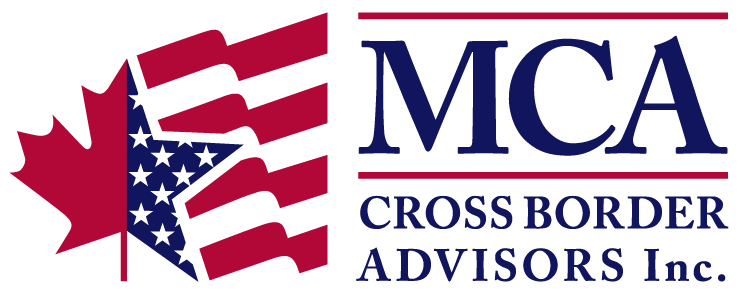How to Minimize the Impact of Inflation on Your Investment Portfolio.
During the first half of 2022, consumers began seeing significant an increase in the prices they pay for groceries, gas and at restaurants. This persistent increase in price you pay at the counter is called inflation, and if your salary does not get adjusted upward, it will continue to erode your purchasing power. At the time of this writing, the inflation in Canada and U.S., as measured by the Consumer Price Index, stood at 7.6% and 8.5% respectively on an annualized basis. The highest it has been over the past 30 years.
While in many cases it is easy to see the impact that inflation has on your checking account, it is not always easy to see the direct impact inflation makes on your investment portfolio and what, if anything, can be done to protect it. Typically, rising inflation creates a lot of volatility as Central Banks start the delicate process of combating inflation by raising interest rates. As a result, fixed income investments decline in value due to their inverse relationship to interest rates. In addition, equities tend to sell off as well due to concerns of slowing economies and company profits as consumers spend less and companies are forced to lay people off.
However, there are a few things investors can do to protect their portfolios against inflation. For example, value stocks from companies with strong pricing power can combat rising costs and beat earnings expectations. These stocks can increase their prices without losing sales. In addition, large-cap, blue-chip companies with stable earnings and low debt can serve as a natural ballast to value stocks because of their ability to absorb higher input costs.
Another asset class that investors might consider which can help mitigate the impact of inflation is Inflation Linked Bonds. In Canada these bonds are called Real Return Bonds (RRBs) and in the U.S. they are called Treasury Inflation Protection Notes (TIPS). Returns on these bonds are pegged to the costs of consumer goods, such as those that make up the Consumer Price Index (CPI). This means that the principal and interest payments of these bonds rise with inflation. For example, suppose you purchased an Inflation Protected Bond at $1,000 with a fixed coupon of 5%. If inflation rate rises 2%, the principal will be adjusted to $1,020 and the annual payment you receive will increase to $51. When the bond matures, the principal received will be adjusted for inflation. As a result, these bonds can preserve your purchasing power and thus overcome the drawbacks of traditional bonds. During deflationary periods these bonds work in the opposite way, with principal reduced below par and interest paid on the lower principal amount.
Investors will also need to pay attention to how Inflation Linked Bonds are taxed. Each year when the principal value of these bonds increases with inflation, the gain is considered reportable income for the year, even though you won’t receive the inflation-adjusted principal until maturity. As a result, these investments are best suited in non-taxable or qualified accounts.
However, just because principal and interest rise with inflation, does not necessarily mean these bonds will have positive returns when inflation is rising. In fact, so far this year iShares TIPS Bond ETF (TIP) was down 5% while inflation was up 8.5%. But during 2021 TIP ETF was up 5.6% while U.S. Aggregate Bond ETF was down 1.8%. The reason for this price divergence is that Inflation Linked Bonds react to unexpected inflation since expected inflation is already priced into the yield relative to normal treasury bonds. By the time 2022 rolled around, investors began pricing higher inflation into these bonds, so the outperformance has narrowed substantially. Another big headwind was rising interest rates. The 10-year yield has doubled, going from 1.5% in January to 3% now. When rates rise that much, TIPS are going to act more like bonds than an inflation hedge.
Another investment available to U.S. persons are Series I Savings Bonds. These bonds are currently paying 9.62% and are backed by the full faith of the U.S. government. The downside is that there is a limit of $10,000 per person electronically and up to $5,000 in paper bonds as a federal income tax refund.
As always, it’s important to view each investment in the context of your overall portfolio to ensure it has appropriate diversification and is aligned to your long-term portfolio goals and objectives. If you’d like to learn more about how MCA can help you manage your cross border investment portfolio, don’t hesitate to request a consultation today.

MCA Cross Border Advisors, Inc. is a registered investment adviser. Information presented is for educational purposes only and does not intend to make an offer or solicitation for the sale or purchase of any specific securities, investments, or investment strategies. The content of this presentation is for information purposes only and should not be construed as investment or financial advice. Investments involve risk and, unless otherwise stated, are not guaranteed. Be sure to first consult with a qualified financial adviser and/or tax professional before implementing any strategy discussed herein. Past performance is not indicative of future performance.
